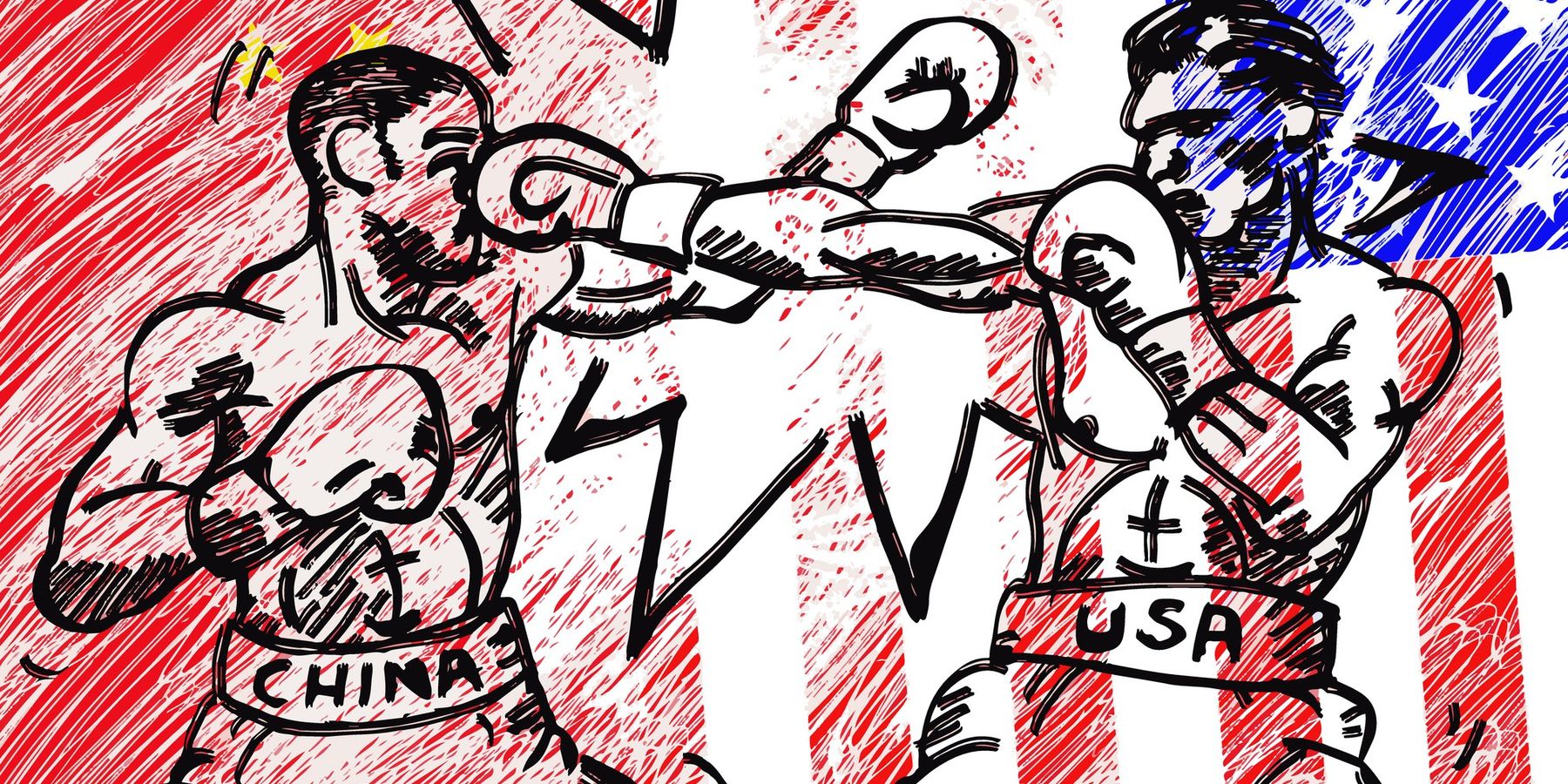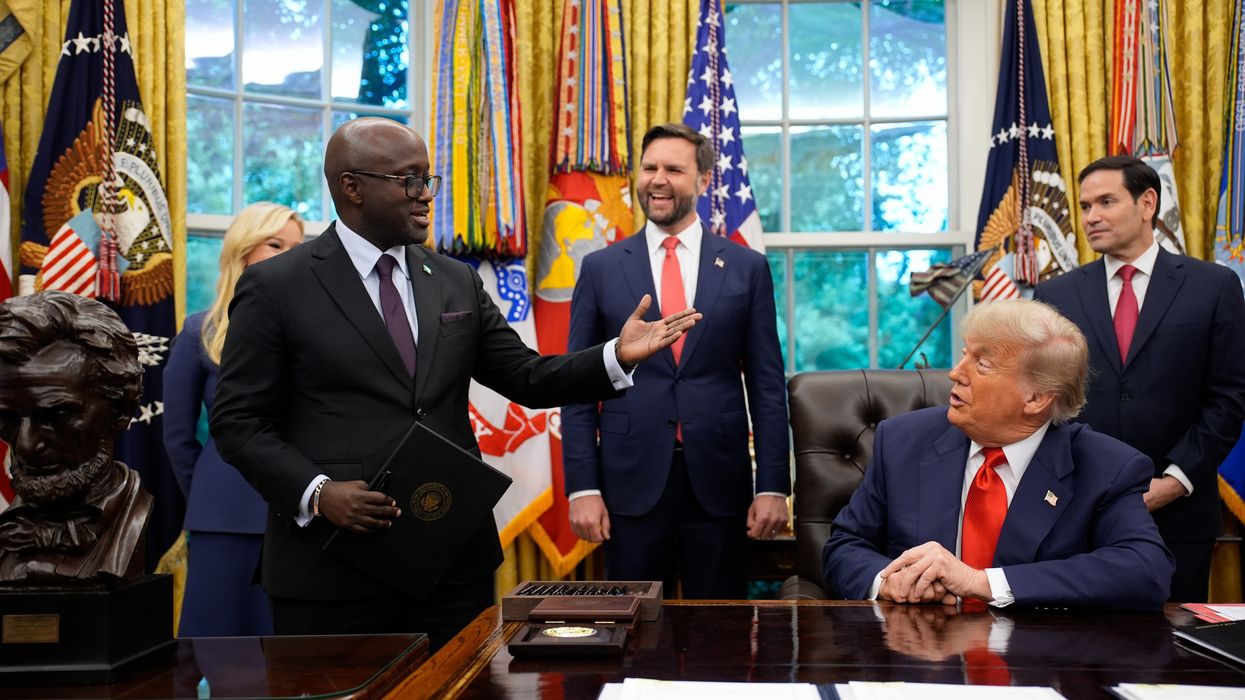This article was adapted from remarks made by the author for the Institute of China-America Studies on December 12, 2024.
Overall, the primary threat to U.S. (and global) interests derives not from China or the United States separately, but from the deeply negative and worsening nature of the U.S and Chinese interaction, in which each side: worst cases the motives and intentions of the other, ignores how they themselves contribute to this spiral, and one-sidedly stresses deterrence over reassurance in many policy spheres (especially regarding Taiwan), which could lead to conflict.
This interactive dynamic is driven by two sets of largely zero-sum views:
In the U.S.: the quixotic U.S. belief that it still retains Cold War-level dominance or absolutely needs such dominance or sole leadership to sustain an acceptable global order. In fact, the conditions allowing for such dominance are disappearing; and there is no effort underway to define a shared structure of leadership between the U.S., China, and other major powers for the future; the stress in the current U.S. administration is on keeping talking with China, and little else.
In China: a belief that U.S. decline is underway, is systemic, and benefits China, and (more importantly) a belief that the U.S. is committed to undermining China’s overall development and collapsing the Chinese Communist Party. This set of beliefs drive Beijing more toward seeking dominance and undermining the U.S. in the process.
Overall, this interactive dynamic inclines both sides toward ever-greater levels of suspicion and zero-sum thinking and increases risk taking, making crises more likely.
In this environment, the incentives for continued peace and prosperity through a stable form of mutually beneficial and peaceful coexistence among the two powers exceed any possible incentives for engaging in zero-sum military, political, and economic rivalry and a sharp, open-ended competition for dominance and control.
So, given this general context, what should China be doing?
First: Beijing should not overreact to Trump’s posturing and threats, or his promises of what he will achieve in relations with China. He speaks and acts for effect, often moving in contradictory directions, responding to what he thinks will make him look good or please his base, or what he sees as challenges from others to his self-image.
He could move toward a basic deal-making approach, possibly based on mutual benefits and the idea that he and Xi Jinping have a good relationship, or he could adopt a more confrontational, reckless, high-pressure approach that reflects the hardline China views of many of his subordinates. But his major focus will likely be on trade, investment, and technology issues.
Whatever direction Trump moves toward will depend on several factors: domestic political developments (and in particular the reaction of his base), what China (and in particular Xi) does, and in general how he views events influencing his image as a tough, no-nonsense, “America First” leader.
Beijing needs to resist the temptation to engage in rigid tit-for-tat actions in response to Trump, and instead convey an image of restraint, prudence, pragmatism, and support for international law, while making it clear where certain red lines are, e.g., regarding Taiwan.
In particular, Beijing needs to become more credible in its support for a peaceful resolution of the Taiwan issue, and its support for international law-based regimes in the areas of trade and investment, technology development and legal protections, human rights, and an overall free, open, and inclusive economic and security order in Asia and beyond. Chinese leaders often make statements supporting such policies and values. But Beijing does not do enough to convince others that it is truly committed to them.
Of course, the U.S. is also falling short in many of these areas. But rather than use this fact as a way of arguing for the weakness or decline of the U.S. or America’s opposition to other nations, Beijing should offer to work with the United States and other nations on specific issues, to strengthen these values.
Regarding Taiwan, Beijing should take actions designed to counter the growing U.S. assumption that Xi Jinping is more likely to employ force against the island while he is in office, perhaps to bolster his legacy. But it also needs to convey the notion that Taiwan is a war or peace issue for China, while also acting to reduce the chances of conflict – a difficult balancing act.
Several actions need to be taken to achieve these objectives:
First, make it unambiguously clear, via repeated statements by Xi Jinping (NOT a subordinate) that there is no deadline for resolving the Taiwan issue, and that China remains committed to resolving the issue peacefully, as a first priority
Second, indicate a willingness to reduce military deployments and exercises around Taiwan in response to greater U.S. reassurances regarding the One China Policy, e.g.,
- Clarification that the Taiwan Relations Act (TRA) does not constitute a security guarantee to Taiwan
- A reaffirmation that the U.S. remains supportive of any resolution of the Taiwan issue by peaceful, uncoerced means
- A reaffirmation of US limits on ties with Taiwan, by clearly stating: no senior Cabinet trips to Taiwan; no invitations to senior Taiwan leaders to visit Washington; and no “official-designated” trips to Taiwan by senior U.S. politicians or Congressional entities;
Beijing should also be receptive to neutralizing Taiwan as a source of strategic competition between the U.S. and China, by rejecting the notion that the island is a strategic location essential to either the U.S. or Chinese security posture in Asia. It should also call on the U.S. to take a similar action.
Finally, to stabilize the Taiwan situation, and enhance overall stability in the relationship, Beijing should overcome its current resistance to engaging in extensive, substantive crisis prevention and management dialogues with the U.S, at both the Track One and Track Two levels.
There has been some progress recently on this issue, but it remains slowed and obstructed by mutual suspicions, the basic definition of the issue as a military-to-military problem involving incidents at sea or in the air, and Beijing’s stress on crisis prevention, defined as ending U.S. policies that could create a crisis.
Regarding the last point, the two sides need to reach agreement on how to define both crisis prevention and crisis management. Beijing should be willing to define crisis prevention in ways that do not require impossible changes in basic U.S. security policies in Asia;
Moving the Sino-American crisis dialogue forward requires a clear signal from the very top. In support of this, Beijing should convey a desire for the two presidents to make a clear statement to subordinate officials on both sides supporting more extensive crisis dialogues, with significant civilian involvement beyond the two respective military systems.
I have offered ideas on how to move forward in this area in a recent Quincy Paper, an article appearing in War on the Rocks, and in a Sinica podcast with Kaiser Kuo.
There is probably no other issue in the relationship that demands greater attention.
In conclusion, these are all difficult actions, especially in the face of an initially unpredictable and potentially reckless Trump administration.
But I believe Beijing has an opportunity to take actions that might significantly improve the relationship if it has the courage and willpower to undertake these and other initiatives, and not merely point a finger at the U.S. and expect Washington to do all the heavy lifting.
In short, Beijing needs to show its willingness to work with the United States to achieve specific, mutually beneficial ends, not only via words but through repeated and persistent actions.
- Trump loves tariffs but expect a more complicated trade policy ›
- Confucius says: Get the definition of US-China ‘competition’ right ›
















